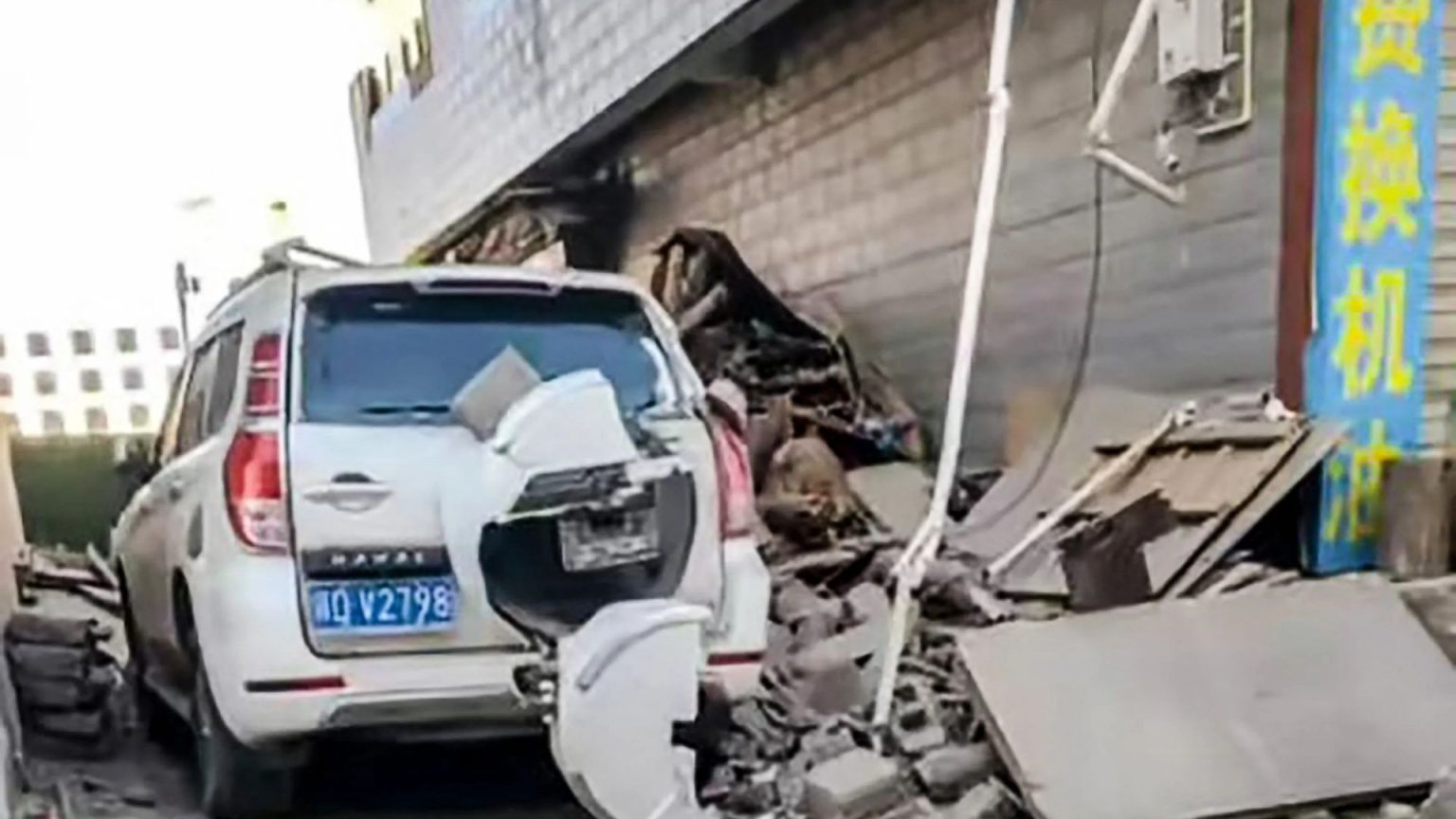A devastating 7.1 magnitude earthquake has struck Dingri County in Shigatse, a city of significant religious importance in Tibet, resulting in widespread destruction and a tragic loss of life. As of Tuesday noon, the death toll has risen to 53, with 62 individuals reported injured, and the potential for further casualties remains a grim reality. The earthquake, initially reported as a 6.8 magnitude by the China Earthquake Networks Centre (CENC), was later upgraded to 7.1 by the US Geological Survey, indicating the immense power of the tremor. The epicenter of the quake was located near Mount Everest, at a depth of six miles, further complicating rescue efforts in the already challenging terrain.
The impact of the earthquake has been catastrophic. Over 1,000 homes have been severely damaged or destroyed, leaving thousands homeless in the frigid temperatures. Visuals emerging from the disaster zone depict a scene of utter devastation, with buildings reduced to rubble, streets strewn with debris, and vehicles crushed under fallen masonry. The earthquake has also disrupted essential services, leaving tens of thousands of residents without power and water, exacerbating the already dire situation. The combination of freezing temperatures, lack of shelter, and disrupted utilities poses a significant threat to the survivors, highlighting the urgent need for aid and relief efforts.
Rescue operations are underway, with teams working tirelessly to locate survivors trapped beneath the debris. The Chinese air force has deployed specialized drones to survey the affected areas, particularly around Mount Everest, where the rugged terrain and high altitude present significant challenges. Chinese President Xi Jinping has mobilized teams to support the rescue and recovery efforts, demonstrating the national commitment to addressing this humanitarian crisis. Given the scale of the destruction and the ongoing search for survivors, the death toll is unfortunately expected to rise.
The earthquake has not only resulted in significant physical damage but also carries profound cultural implications. Shigatse holds immense religious significance in Tibetan Buddhism, serving as the seat of the Panchen Lama, the second most important spiritual figure after the Dalai Lama. The destruction of this sacred city represents a profound loss for the Tibetan community, adding another layer of complexity to the already challenging recovery process. The rebuilding of Shigatse will not only involve structural reconstruction but also the restoration of its cultural heritage.
While the immediate focus remains on search and rescue, concerns about aftershocks persist. CENC researcher Jiang Haikun warns of the possibility of a magnitude 5 aftershock, though the likelihood of a larger quake is deemed low. This underscores the continuing danger faced by the affected population and the need for ongoing vigilance. The potential for further seismic activity necessitates continued monitoring and preparedness, adding to the complexity of the relief efforts.
The earthquake in Shigatse serves as a stark reminder of the destructive power of nature and the vulnerability of communities in the face of such disasters. The immediate priority is to provide aid and support to those affected, ensuring access to shelter, food, water, and medical care. The long-term recovery process will require a concerted effort to rebuild not only the physical infrastructure but also the social fabric of the community, addressing the psychological impact of the tragedy and restoring the cultural heritage of this significant religious center. The international community must stand in solidarity with the people of Tibet during this difficult time, offering assistance and support in their journey towards recovery and rebuilding.


